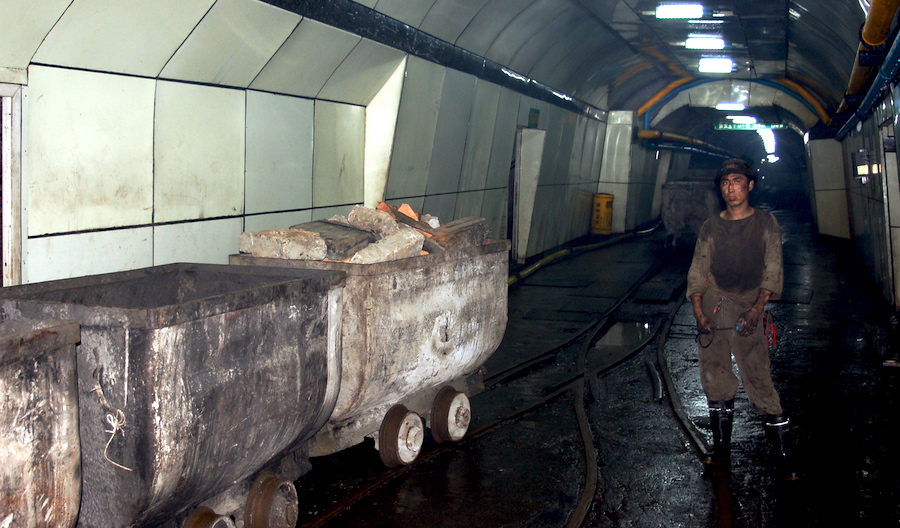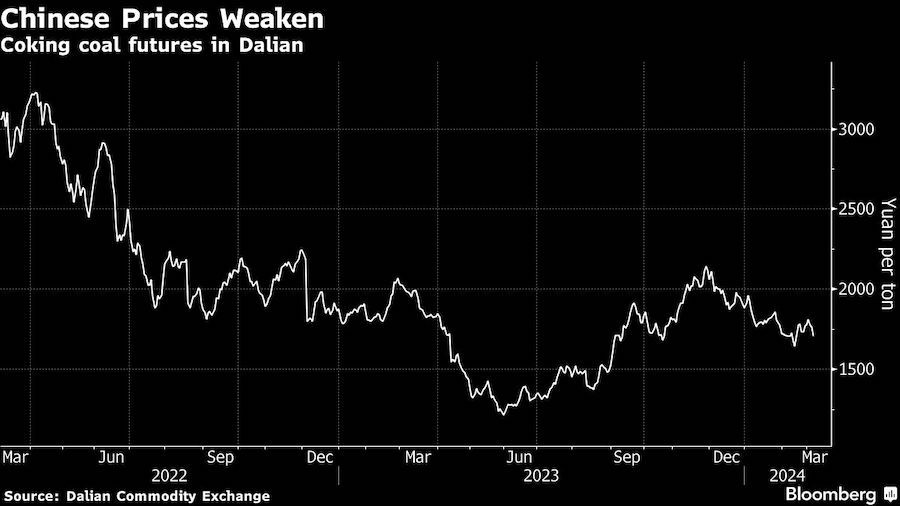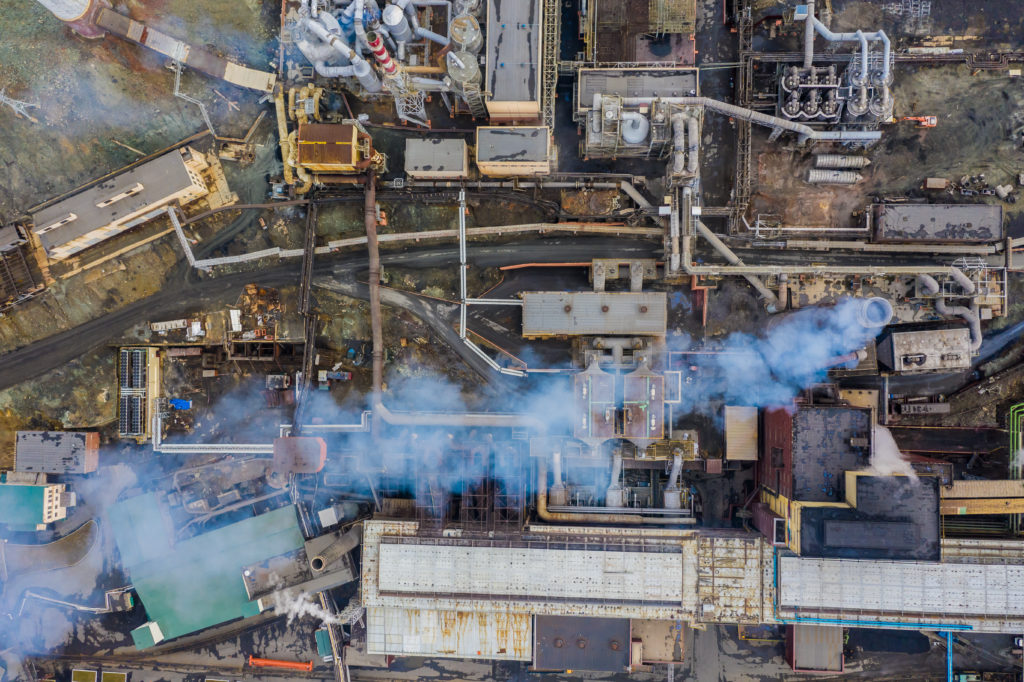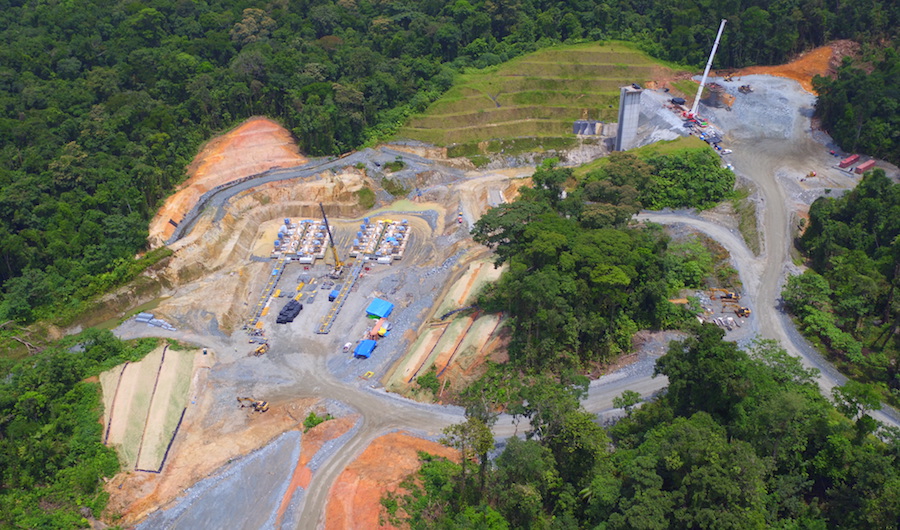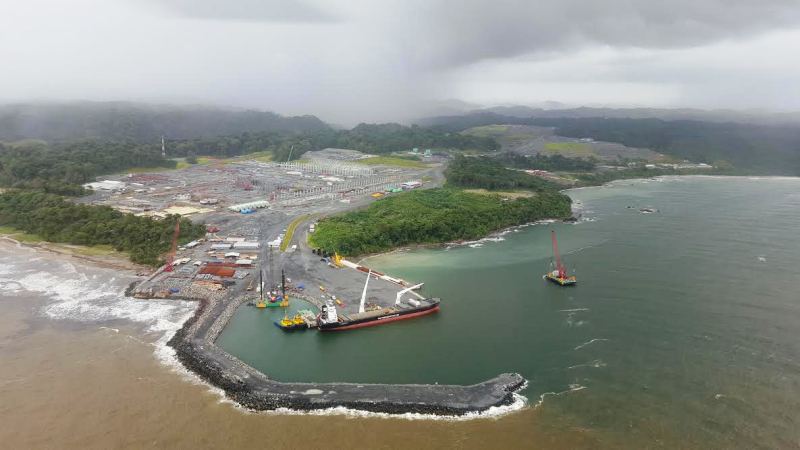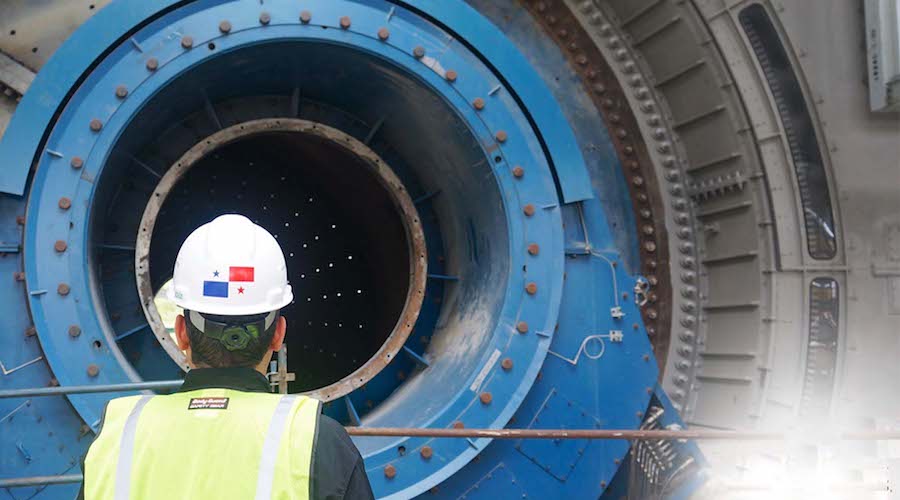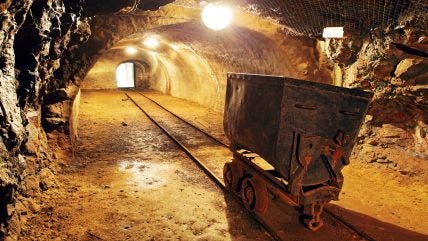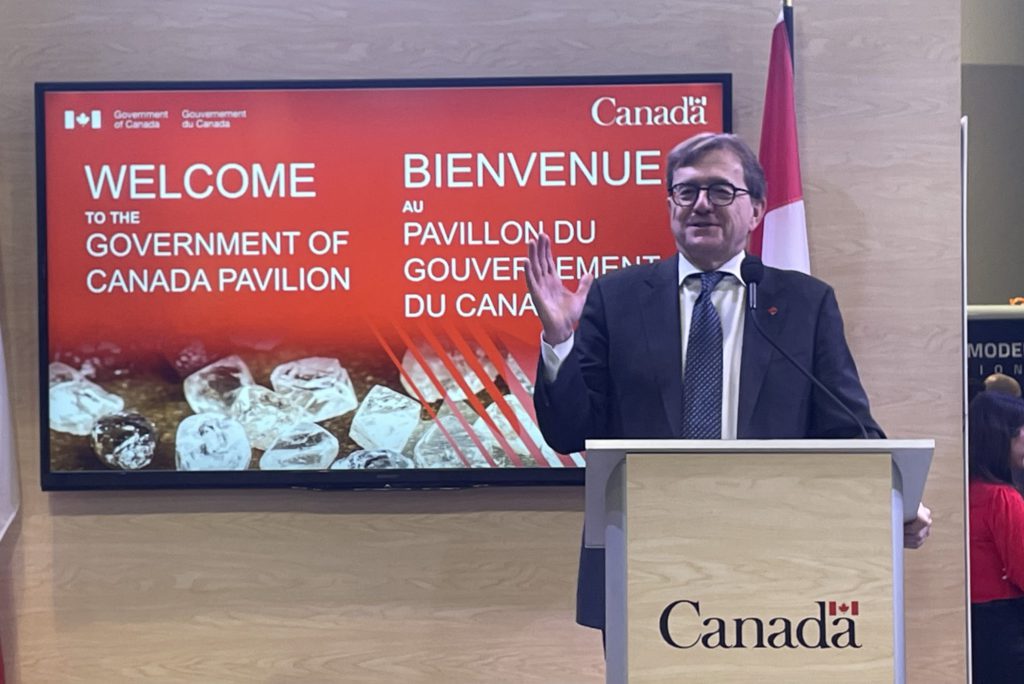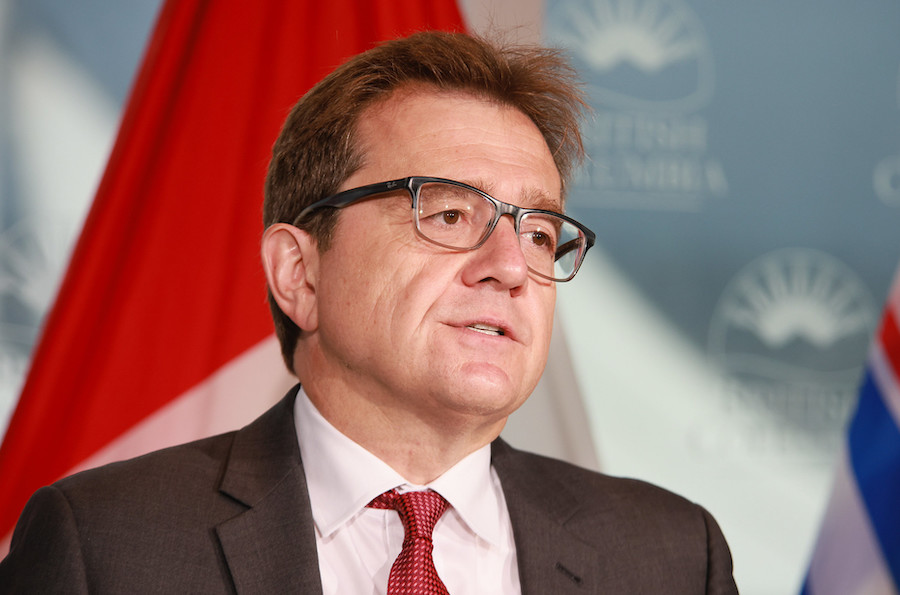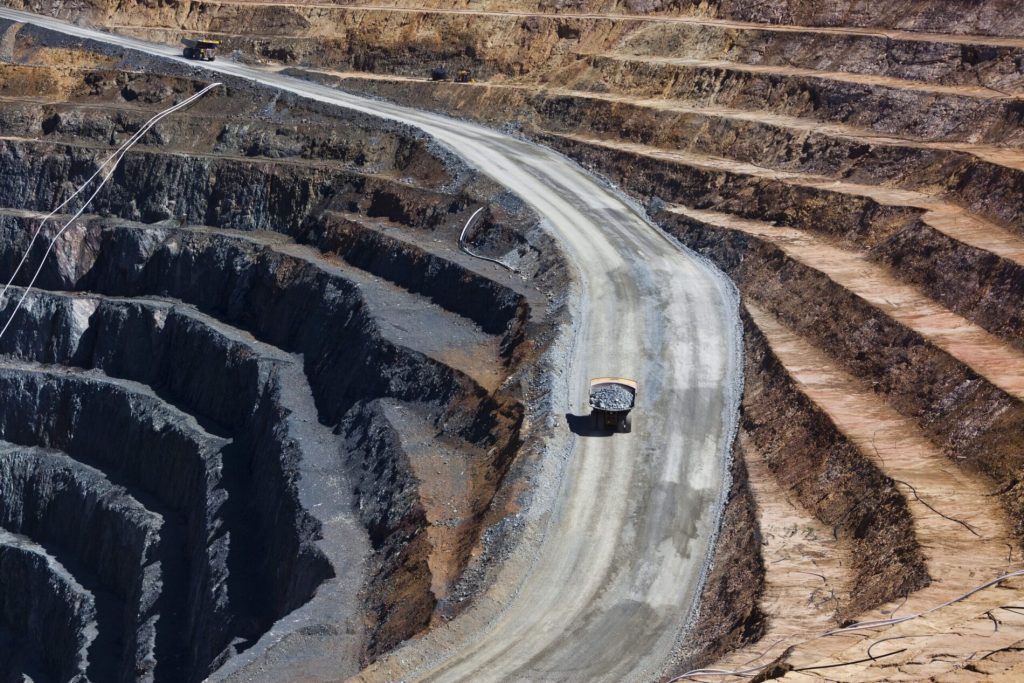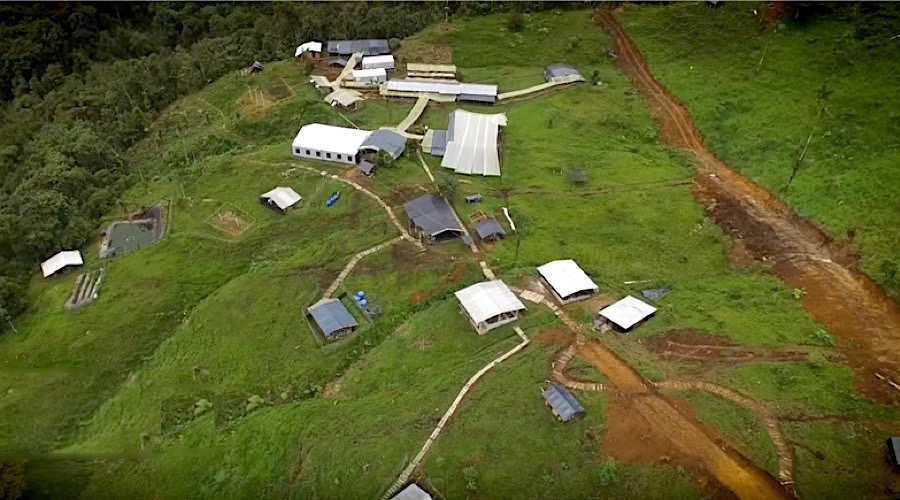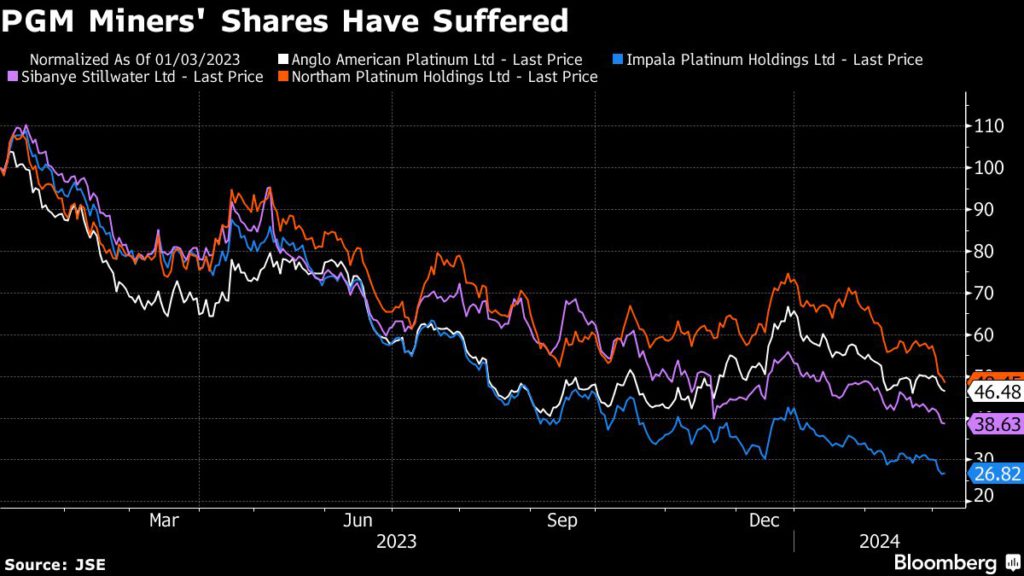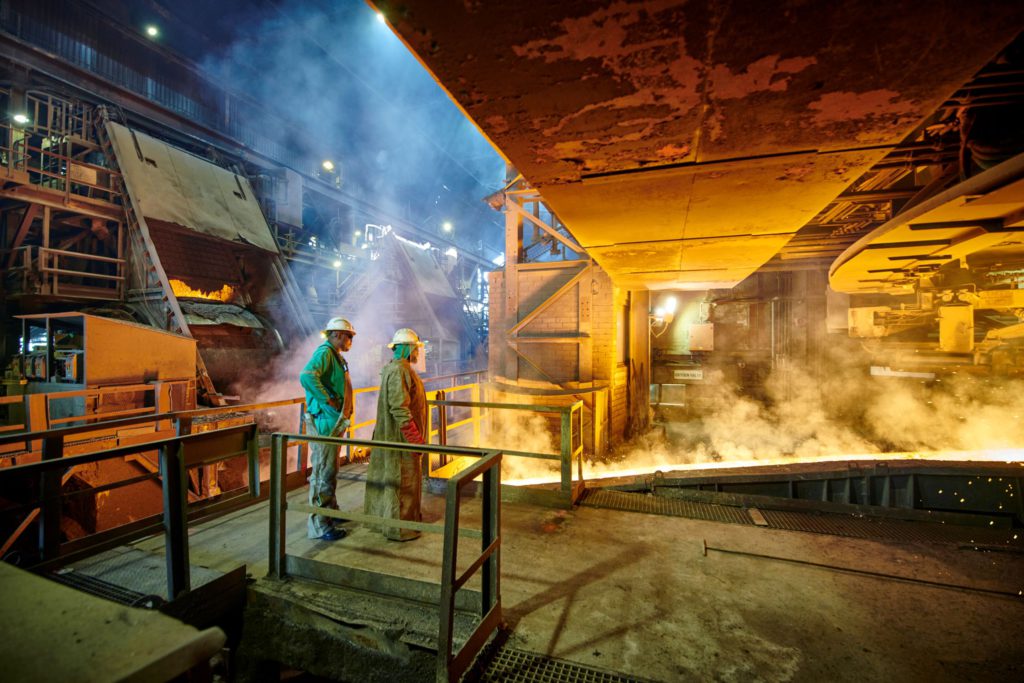NEWS PROVIDED BY Royal Canadian Mint
OTTAWA, ON, Jan. 27, 2024 /PRNewswire/ -- In launching the latest issue in its ongoing Commemorating Black History fine silver coin series, the Royal Canadian Mint is honouring the community of Amber Valley, Alberta, founded in 1910 by African American families from Oklahoma, Texas and other surrounding states. Seeking a life away from segregationist laws, racial hostility and violence, they journeyed to Northern Alberta in response to the government of Canada's offer of free land in the Canadian west. By 1910, approximately 300 men, women and children endured and overcame new hardships as they tamed the Alberta wilderness to carve out a new life in a thriving community that was renamed Amber Valley in 1931. Their inspiring tale of spirit and determination is forever preserved on a beautiful 99.99% pure silver collector coin.

Released in conjunction with the annual observance of Black History Month, the 2024 $20 Fine Silver Coin – Commemorating Black History: Amber Valley celebrates the legacy of an exceptional group men and women who built one of Western Canada's earliest Black settlements. It is available as of today.
"I appreciate the recognition this coin represents," said Myrna Wisdom, Historian and Co-Founder of The Black Settlers of Alberta and Saskatchewan Historical Society. "The Black Settlers of Amber Valley are indeed deserving of this recognition, which includes both my paternal and maternal grandparents, as well as my parents."
"The Royal Canadian Mint is proud to contribute to the national celebration of Canada's Black History Month through a continuing series of silver collector coins that captures important stories that define our shared heritage," said Marie Lemay, President and CEO of the Royal Canadian Mint. "We are delighted to share the inspiring story of Amber Valley and the pioneering Black settlers who succeeded in building a new life in a new land, as yet another example of the spirit and resilience of Black communities across Canada."
The reverse design of this 99.99% pure silver coin, by artist Valentine De Landro, is centered on an imagined scene of a homesteader family arriving in Pine Creek, Alberta in 1909 and peering over the land that would become the thriving community of Amber Valley. The design includes a map outline of the province of Alberta, enhanced by a bough of maple leaves. The lower portion of the reverse depicts a wagon train of settlers completing their long journey from the southern United States. The scene is framed by log cabins, which were the first houses built by the intrepid Black pioneers who were determined to make a new home in Northern Alberta.
"For the composition, I needed to find a balance between what I thought were two prevailing characteristics: the journey and the community," said artist Valentine De Landro. "The pioneering imagery was essential to communicating the spirit of Amber Valley, crossing through harsh terrain to reach a virtually unknown destination and to begin a legacy centred on the goal of a better life for their family."
The obverse of the coin features the Susanna Blunt-designed transitional effigy of Queen Elizabeth II, which includes a special marking consisting of a vertical inscription of the dates "1952" and "2022", separated by four pearls to symbolize the four effigies that have graced Canadian coins throughout the reign.
Limited to a mintage of 5,500, the 2024 $20 Fine Silver Coin - Commemorating Black History: Amber Valley retails for $104.95. This new collectible may be ordered as of today by contacting the Mint at 1-800-267‑1871 in Canada, 1-800-268‑6468 in the US, or at www.mint.ca. It will also be available at the Royal Canadian Mint's boutiques in Ottawa and Winnipeg, at participating Canada Post outlets, and through the Mint's global network of dealers and distributors.
Images of this coin are available here.

.jpg)



